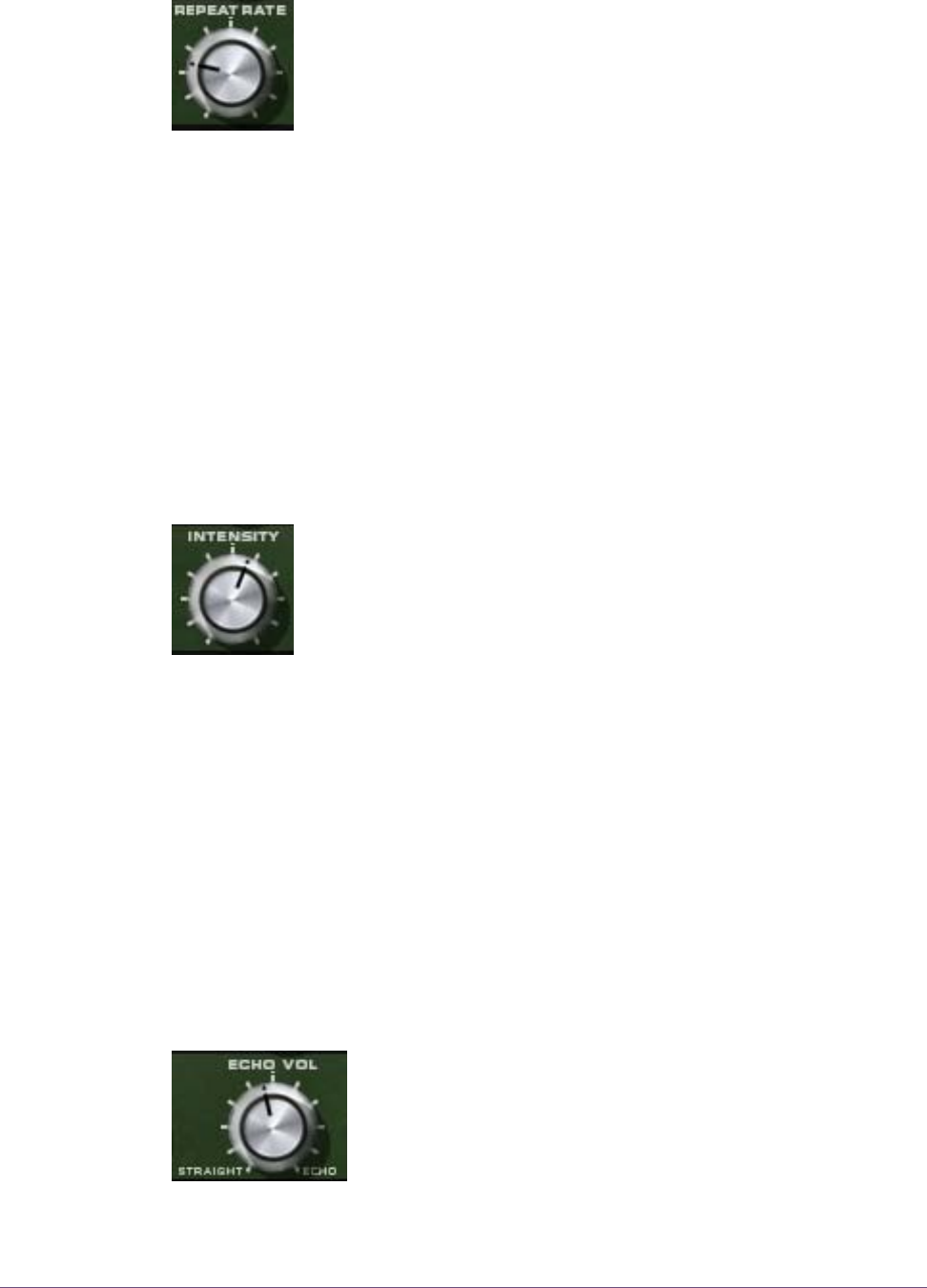User Manual
Table Of Contents
- UAD Powered Plug-Ins
- Introduction
- UAD Installation
- Overview
- QuickStart DVD
- System Requirements
- Supported Hosts
- Latest Information & Software Updates
- UAD Software Installation
- Install Software First
- UAD Hardware Installation
- Authorization
- Authorize Plug-Ins Procedure
- Load Authorization File
- Offline Authorization
- Using Unlicensed Plug-Ins
- Verifying Installation
- Learn More
- Software Removal
- UAD System Overview
- My.uaudio.com
- Using Multiple UAD Cards
- UAD Meter & Control Panel
- Overview
- Launching the UAD Meter & Control Panel Application
- Using the UAD Meter
- UAD Meter Elements
- UAD Control Panel
- System Information Panel
- Plug-Ins Panel
- Configuration Panel
- Help & Support Panel
- Using UAD Powered Plug-Ins
- Tempo Sync
- UAD Delay Compensation
- UAD-Xpander & UAD-Xtenda
- LA-2A and 1176LN
- LA-3A Compressor
- Fairchild 670
- Precision Multiband
- Precision Limiter
- Precision Buss Compressor
- Neve 33609 Compressor
- VCA VU
- Neve 88RS Channel Strip
- CS-1 Channel Strip
- Precision Equalizer
- Cambridge EQ
- Pultec and Pultec-Pro
- Neve 1073 Equalizer
- Neve 1081 Equalizer
- Helios Type 69 Equalizer
- Roland CE-1
- Roland Dimension D
- Roland RE-201
- RealVerb Pro
- DreamVerb
- Plate 140
- Precision Maximizer
- Precision De-Esser
- Precision Enhancer kHz
- SPL Transient Designer
- Nigel
- Introducing Nigel
- Preflex Plug-in
- Preflex Modules
- Gate/Comp Module
- Amp Module
- Amp Controls
- Cabinet Module
- Phasor Module
- Mod Filter Module
- TremModEcho plug-in
- Trem/Fade Module
- Mod Delay Module
- Echo Module
- Moog Multimode Filter
- History
- Index

UAD Powered Plug-Ins Manual - 247 - Chapter 29: Roland RE-201
Repeat Rate This knob controls the time interval of the echo effect. Rotating
the control clockwise will decrease the delay time, and counter-
clockwise rotation will increase the delay time.
The available delay times are as follows:
• Head 1: 69ms – 177ms
• Head 2: 131ms – 337ms
• Head 3: 189ms – 489ms
The head times available with this control are dependent upon the “Mode Se-
lector” on page 245. As with the original hardware, this control varies the
tape playback speed in realtime by manipulating the tape capstan motor and
therefore has a musically useful “ramp-up” and “ramp-down” effect.
When Tempo Sync is enabled, this control is quantized to allow only rhythmic
notes available at the leading head.
Intensity This knob controls the repeat level (feedback) of the echo signal.
Rotating the control clockwise increases the number of echoes.
Higher values will cause self-oscillation; the exact position is
program and Mode dependent.
The self-oscillation of the RE-201 is one of the magic features that really makes
it more than a mixing tool, but also an instrument to be played. The effect may
be used subtly, sending the unit into gentle oscillation on held notes, or can
be put into “over the top” oscillation with extreme intensity settings. Different
Modes will reveal different qualities of oscillation. Single head Modes tend to
have simpler oscillation qualities, while multiple head modes will have a more
complex sound when oscillating.
The RE-201’s oscillation qualities are heavily program and control depen-
dent. Different sources of audio, gain, tone repeat rate and tape settings will
all effect “oscillation performance.” The RE-201 can also achieve oscillation
with no signal, making the RE-201 a truly unique instrument.
Echo Volume This control determines the volume of the echo effect. Ro-
tate the control clockwise for louder echo. Reducing the
control to its minimum value will disable the echo.










